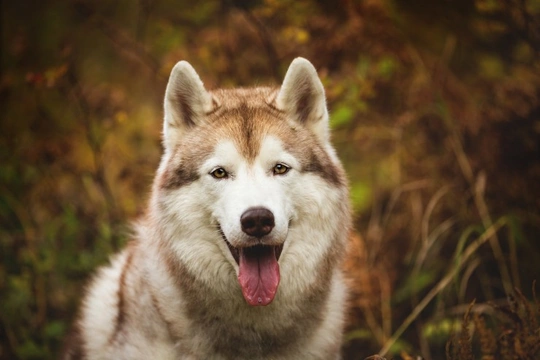
Do dogs naturally keep to a certain routine?
Most of us have at least a vague routine to our day to day lives, which may well be partially or largely dictated by our working hours or the needs of managing a busy lifestyle whilst raising a family. This tends to involve following a sleep schedule, eating meals at around the same times each day, and coming and going from work at roughly set intervals.
This does of course generally mean that our dogs too have a routine set for them as well, enabling us to tend to their needs in a way that fits in with the wider routine of the household. Dogs thrive on having a set routine to help them to understand the rules and parameters of their lives, and not having to worry about when they will next be fed, walked, or taken out to the toilet.
Dogs are very adaptable animals that have lived alongside of people for millennia, and over this time their natural behaviours have adapted significantly to enable them to adjust to living with humans. Even when dogs change owners or their routine is changed significantly to fit in with our needs, dogs tend to adjust quickly and happily after the initial couple of weeks, even if their new lifestyle is very different to their old one.
This means that most dog owners haven’t really thought about how dogs would live their lives and the type of routines that they might keep to naturally if they didn’t have humans structuring things for them. Understanding how dogs manage their days and routines when they are in the wild and responsible for controlling their own lives and meeting their own needs can help us to understand our pet dogs better, and make it easier for us to meet the needs of our own pet dogs at home.
Read on to find out more about whether or not dogs naturally seek to follow a set routine when left to their own devices.
The life of the wild dog is a fluid and reactive one
The life of a wild dog is very driven by meeting their immediate needs, and that of their pack and social group that will tend to work together as a cooperative to improve the chances of survival for each individual member within it.
As we all know, dogs are very food-driven, and wild dogs are very opportunistic about eating. Wild dogs have to scavenge or hunt for food, which takes a lot of time and energy, and when they do find a large resource of food they will tend to eat as much as possible and try to save or bury anything they can’t eat on the spot to go back to later.
This evolutionary drive to find food is reflected in our domestic dogs, even though they are fed regularly and don’t have to worry about taking care of themselves in that respect.
Additionally, wild dogs need to be able to respond to changes in their environment and potential threats quickly, which means being able to get up, move, and defend or retreat from a threat at a moment’s notice.
This type of lifestyle is adaptive or reactive rather than fixed to a set routine, because it is needs-driven and requires the ability to change and adapt when required.
Sleep and circadian rhythms
Even dogs in the wild will tend to settle down to sleep for the night at around the same time each day, although these times may fluctuate throughout the year as the seasons and so, hours of daylight change.
In the winter when the days are shorter, dogs tend to put themselves to bed earlier and sleep for longer to conserve energy and warmth, and because food will tend to be in shorter supply than during the summer months.
Dogs in the wild also tend to have their litters in spring or summer so that by the time the challenging winter months arrive, the pups are already old enough and strong enough to stand a good chance of surviving the leaner months of the year.
Wild dogs tend to have fixed territories but less firmly fixed timings
Whilst wild dogs will tend to settle in for the night when it starts to get darker and cooler, and will likely get up shortly after the sun rises, they don’t tend to have as firmly set routines as domestic dogs, both because these aren’t provided for them and because this type of lifestyle would be counterproductive when it comes to meeting all of their needs.
However, wild dogs do tend to have fairly firmly established territories that they will defend against other dog packs and predators, and which they will rarely roam outside of out of choice.
Adapting and adjusting to change
As mentioned, domestic dogs are very flexible about adjusting to changes, and assuming that all of their needs are met, they will settle into a new routine quickly. However, dogs don’t like a lot of upset or upheaval, so any changes to your dog’s normal day-to-day expectations should be adjusted slowly and gradually where possible, to allow them time to adjust and get used to things.



